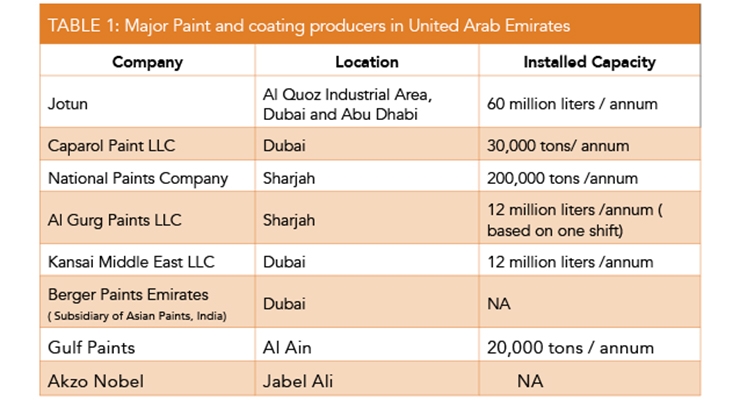Prepare Your Walls Properly For A Perfect Paint End Up
Prepare Your Walls Properly For A Perfect Paint End Up
Blog Article
Produced By-Watson Haugaard
Achieving a perfect paint task starts with careful wall preparation. From completing blemishes to priming surfaces, each action plays an important duty in the final outcome. Yet what about those complicated edges and edges that can make or damage the total appearance? Keep tuned to find expert ideas on how to navigate these challenging areas with skill, making certain a seamless surface that will certainly boost your room to new heights of class.
Wall Maintenance
Evaluating wall surfaces for any type of flaws and immediately resolving them with needed repair work is essential for accomplishing a smooth and perfect paint task. Before starting the painting process, very carefully take a look at the walls for splits, openings, damages, or any other damages that can impact the outcome.
Start by filling out any splits or holes with spackling substance, enabling it to dry completely before sanding it down to develop a smooth surface area. For larger dents or harmed areas, think about making use of joint compound to guarantee a seamless repair.
Furthermore, check for any kind of loose paint or wallpaper that might require to be gotten rid of. Remove any type of peeling paint or old wallpaper, and sand the surface to develop a consistent texture.
It's additionally essential to check for water damage, as this can result in mold growth and impact the attachment of the new paint. Address any kind of water stains or mildew with the suitable cleansing options prior to waging the painting process.
Cleansing and Surface Prep Work
To ensure an excellent and well-prepared surface area for painting, the next step entails thoroughly cleaning and prepping the walls. Begin by dusting the wall surfaces with a microfiber towel or a duster to eliminate any type of loosened dirt, webs, or particles.
For more persistent dirt or gunk, a service of light cleaning agent and water can be used to gently scrub the walls, adhered to by a thorough rinse with tidy water. Pay unique attention to locations near light buttons, door takes care of, and walls, as these have a tendency to gather more dirt.
After cleaning, it is necessary to inspect the walls for any kind of fractures, openings, or flaws. painter house must be filled with spackling compound and sanded smooth as soon as completely dry. Fining sand the wall surfaces gently with fine-grit sandpaper will certainly likewise assist create a consistent surface for paint.
Priming and Taping
Prior to painting, the wall surfaces should be keyed to ensure proper bond of the paint and taped to shield nearby surface areas from stray brushstrokes. Priming acts as an important step in the painting process, especially for new drywall or surface areas that have been covered or fixed. It aids seal the wall surface, developing a smooth and consistent surface area for the paint to comply with. Additionally, primer can boost the durability and insurance coverage of the paint, inevitably leading to a more specialist and long-lasting coating.
When it comes to taping, using painter's tape along trim, ceilings, and other surfaces you intend to secure is necessary to attain clean and crisp paint lines. Painter's tape is created to be conveniently used and eliminated without damaging the underlying surface or leaving behind any deposit. Put in the time to appropriately tape off locations before repainting to conserve on your own the problem of touch-ups later on.
Final thought
In conclusion, properly preparing your wall surfaces prior to painting is critical for attaining a perfect coating. By inspecting for flaws, cleansing extensively, topping the surface area, and using painter's tape for clean lines, you can ensure a professional-looking paint job.
Putting in the time to complete these steps will cause a smooth and resilient finish that enhances the overall appearance of your space.
